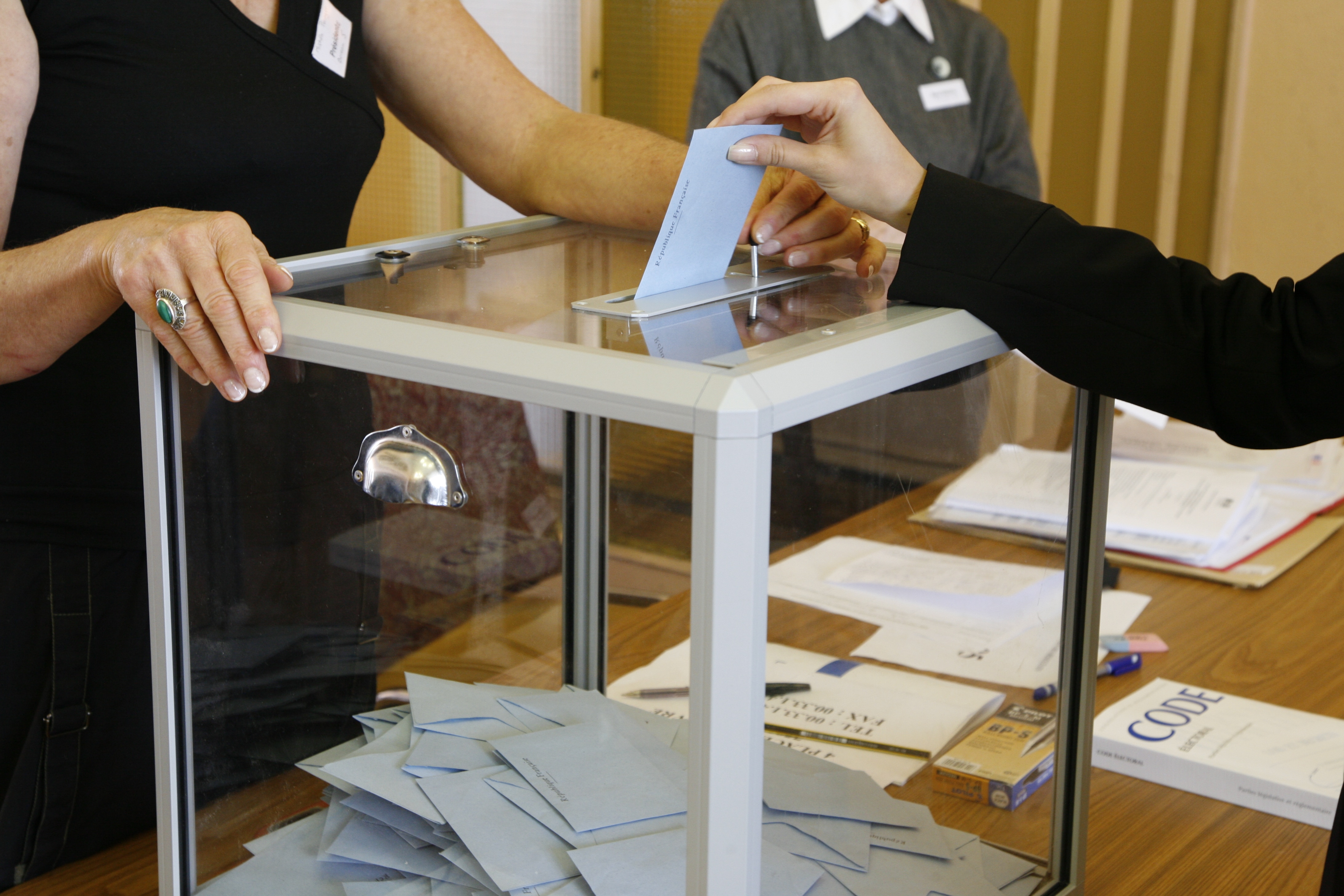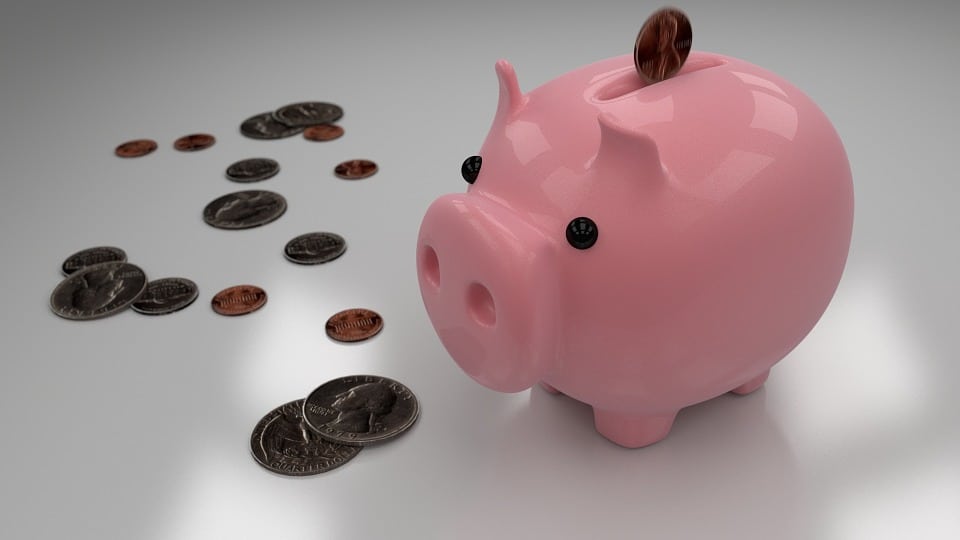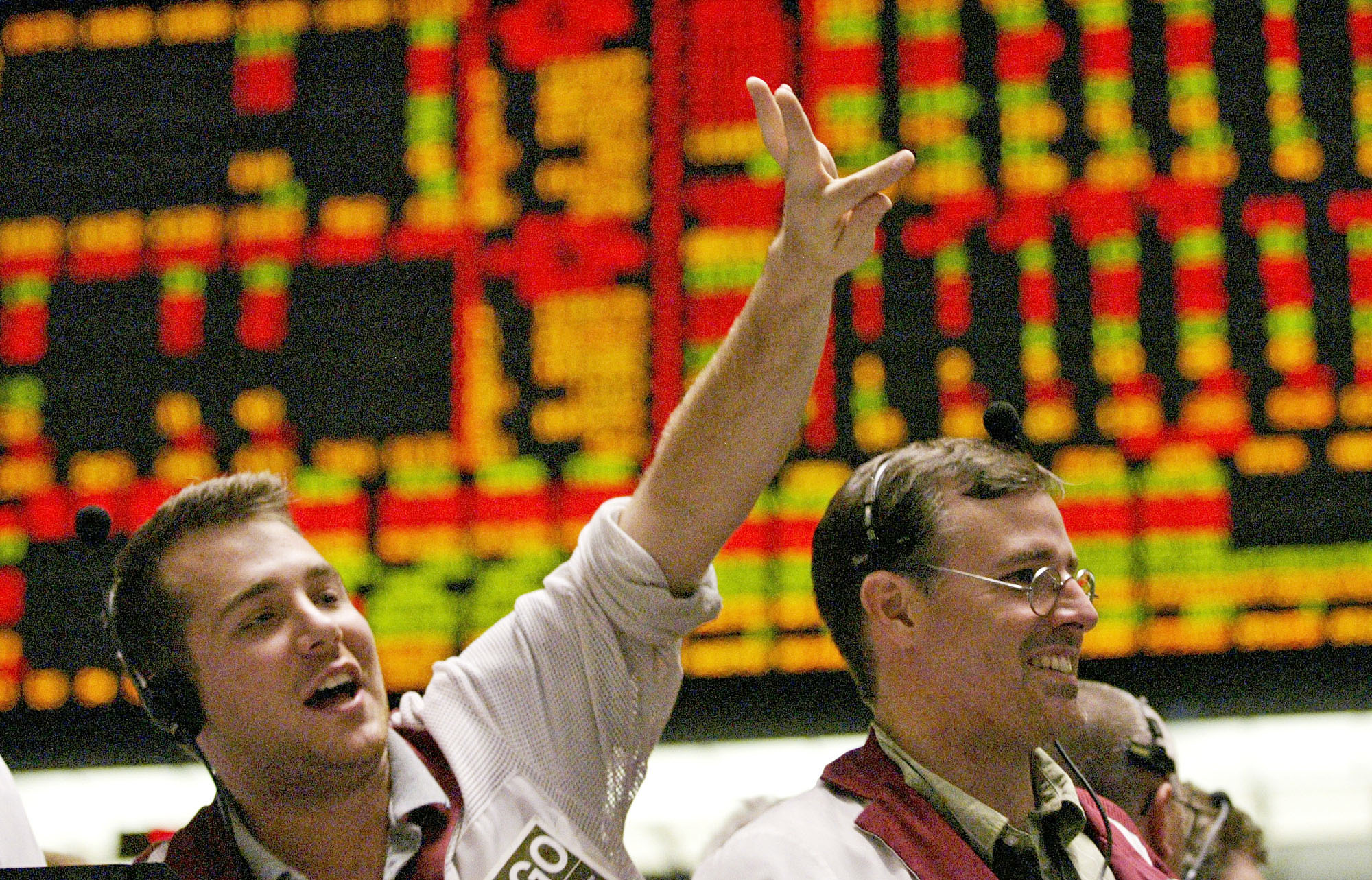As 2015 draws to a close, we can say that it's been an interesting year in the financial markets- full of many uncertainties and surprises which many analysts did not even envisage. It started with a surprise from the Swiss National Bank earlier in the year when it removed the peg to the euro. The Greek exit was another uncertainty in the market that lasted for a while, and then Black Monday which saw the global stock market plunge across the globe. Commodity crashes will not be forgotten, with commodity prices trading at the lows of 2009. 2015 will also be remembered as the year the Federal Reserve hiked interest rates for the first time in almost a decade.
Going into 2016, I have come up with some economic events that are likely to increase Volatility in the financial market, creating risk and uncertainties.
What to Keep Your Eyes On
Firstly, the UK referendum is likely to be a factor that will create some uncertainty in the market. The referendum is expected between the first and second quarter of 2016. Citizens will vote on whether or not the country will remain a member of the European Union (EU). Regardless of the outcome, the market will be driven by this uncertainty and we might see capital outflows from the UK within this period. The GBP will be the major currency to watch during this period as well as EUR. Therefore EURGBP might be the tricky one to play, while keeping an eye on the cable (GBPUSD).
Secondly, a further rate hike from the Federal Reserve is another market driver in 2016. Even though we saw the first rate hike earlier this month (December), the market is still anticipating another rate hike as early as March. This expectation is likely to continue to drive USD strength all through the first quarter and beyond. The USD strength will also continue to surge considering the fact that other major central banks are not ready to hike rates anytime soon. The Bank of England and the Federal Reserve historically hike rates after one another, but unfortunately this time around this is not likely to happen.
The People's Bank of China is another central bank that is likely to move the market. Over the past couple of months we have seen a consistent increase in the Chinese consumption pattern. The retail sales figure (YoY) shows a steady increase in consumption from 10.5% - 11.2% from July to November. Service PMI data also hit an all-time high at 54.70 in July. This shows that China is gradually shifting from a manufacturing to a consumption and service economy. To ensure this transition the PBOC will ensure liberalisation and are likely to introduce more stimulus to weaken the yuan.
Commodity prices are likely to remain low for longer than expected. According to OPEC, the oil price will be at $70 in 2020. This means that many emerging markets will be under serious pressure trying to balance their budgets in terms of revenue, and also that many oil firms are likely to see their profits plunge. We might see capital outflows from most emerging markets back to the US economy.
Lastly, the US presidential election is another big factor which will drive the market in late 2016. The two major candidates from the Republican and Democratic Party are likely to be perceived differently by the market. It is generally believed that the stock market tends to give a higher return in Democratic-led governments compared to Republican governments.

















